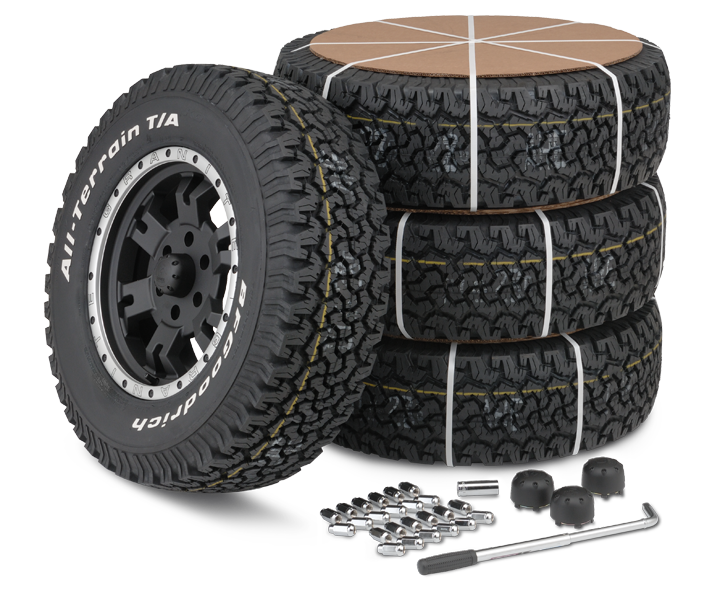Tire Replacement: The Art of Selecting the Right Tire Dimension
Selecting the ideal tire size is an essential aspect of maintaining ideal efficiency and safety and security for your automobile. From understanding how tire dimension specifications are figured out to acknowledging the impacts of wrong sizes on your automobile's handling and effectiveness, the trip to finding the best tire dimension is a nuanced one.
Importance of Correct Tire Dimension
Choosing the proper tire dimension is critical for guaranteeing optimal performance, safety, and efficiency of your car. One of the vital factors why tire size issues is due to the fact that it influences the total handling of your automobile. In terms of safety and security, having the right tire dimension ensures that your lorry can properly grasp the road, brake efficiently, and maneuver smoothly to prevent mishaps.
Aspects Affecting Tire Size Option
An important consideration in determining the ideal tire dimension for your car is understanding the numerous elements that affect this selection - morris tire and alignment. One important element is the manufacturer's advised tire size. This details can generally be located in the proprietor's handbook or on a sticker label inside the motorist's side door jamb. Differing the recommended tire dimension can impact the speedometer precision, fuel performance, and general performance of the vehicle.
One more element to think about is the kind of driving you do. You may require a tire with a different dimension or tread pattern contrasted to a person that mainly drives on freeways if you often drive off-road or in challenging weather conditions. The surface you drive on additionally plays a function in determining the excellent tire size. Bigger tires with a more aggressive walk pattern might be essential for rough or sloppy terrain.
In addition, the dimension of your wheels can limit the options for tire sizes. It's necessary to ensure that the tires you choose are compatible with your wheels to avoid any type of safety and security risks or performance issues. By thoroughly thinking about these elements, you can choose the right tire size that best matches your driving demands and lorry requirements.
Understanding Tire Dimension Specs

Additionally, tire dimension specifications may consist of tons index and speed rating. The lots index indicates the optimum weight a tire can support, while the speed ranking symbolizes the optimal rate capacity of the tire. By comprehending these specifications, you can make certain that the tires you pick work with your car's demands and supply optimal efficiency and safety when driving.

Results of Incorrect Tire Dimension
Making use of the wrong tire size for your automobile can have detrimental results on its performance and security. When a tire Going Here dimension is wrong, it can result in problems such as inadequate handling, compromised stopping abilities, and boosted risk of accidents. Tires that are as well little might result in minimized security, especially during high-speed maneuvers, while large tires can trigger scrubing versus the automobile's body parts, resulting in prospective damage.
Inaccurate tire dimensions can additionally impact fuel effectiveness. Utilizing tires that are not fit for your automobile can modify the speedometer analysis, causing imprecise gas mileage computations. Mismatched tire dimensions can place extra strain on the engine and transmission, potentially decreasing the total gas economy of the automobile.
Additionally, incorrect tire sizes can influence the general comfort of the ride. Improperly sized tires might lead to enhanced road sound, resonances, and a harsher driving experience. To preserve optimal efficiency, safety and security, and convenience, it is vital to make certain that the tire dimension matches the specs recommended by the car producer.
Tips for Selecting the Right Tire Dimension
Choosing the suitable tire dimension for your car is necessary for making certain ideal efficiency and security on the road. To aid in choosing the appropriate tire size, consider the adhering to suggestions. Firstly, constantly refer to your vehicle manufacturer's recommendations. These requirements are very carefully selected to provide the very best balance of handling, traction, and comfort for your details vehicle version. Second of all, aspect in the common driving problems you run into. If you frequently drive in snowy or icy conditions, a tire with a various dimension or tread pattern may be more information essential to guarantee ample grip. Furthermore, consider your driving habits and preferences. If you focus on a quiet and smooth experience, picking a tire size that matches your driving style can boost your total driving experience. Lastly, seek advice from a professional tire specialist. They can supply experienced advice based on your vehicle, driving needs, and regional climate problems to aid you make an educated choice. By adhering to these pointers, you can pick the best tire size to optimize your vehicle's efficiency and safety and security.
Conclusion
In final thought, selecting the correct tire dimension is vital for guaranteeing optimum performance and safety and security of an automobile. Factors such as vehicle type, driving problems, and supplier recommendations need to be considered when selecting the appropriate tire size.
From recognizing how tire size requirements are identified to identifying the results of incorrect dimensions on your car's handling and performance, the journey to finding the best tire dimension is a nuanced one.Tire dimension specs provide essential details concerning the dimensions and attributes of a tire. The tire dimension is typically shown on the sidewall of the tire and is represented by a mix of letters and numbers. In this instance, "P" denotes the tire kind, "215" stands for the tire size in millimeters, "65" is the aspect ratio (the proportion of the tire's elevation to its size), and "15" shows the size of the wheel in inches that the tire is developed to fit.
Tires that are as well tiny might result in reduced stability, especially during high-speed maneuvers, while large tires can anonymous trigger scrubing against the car's body elements, leading to prospective damages.